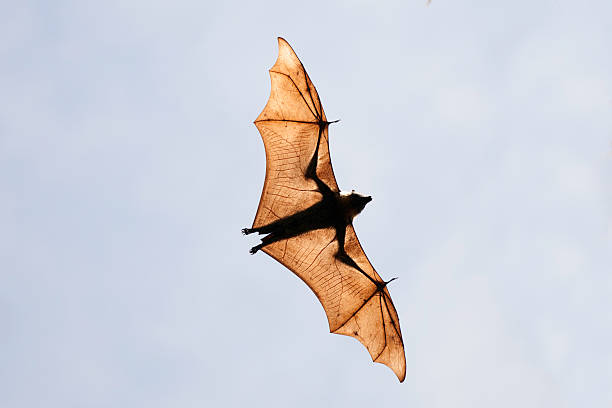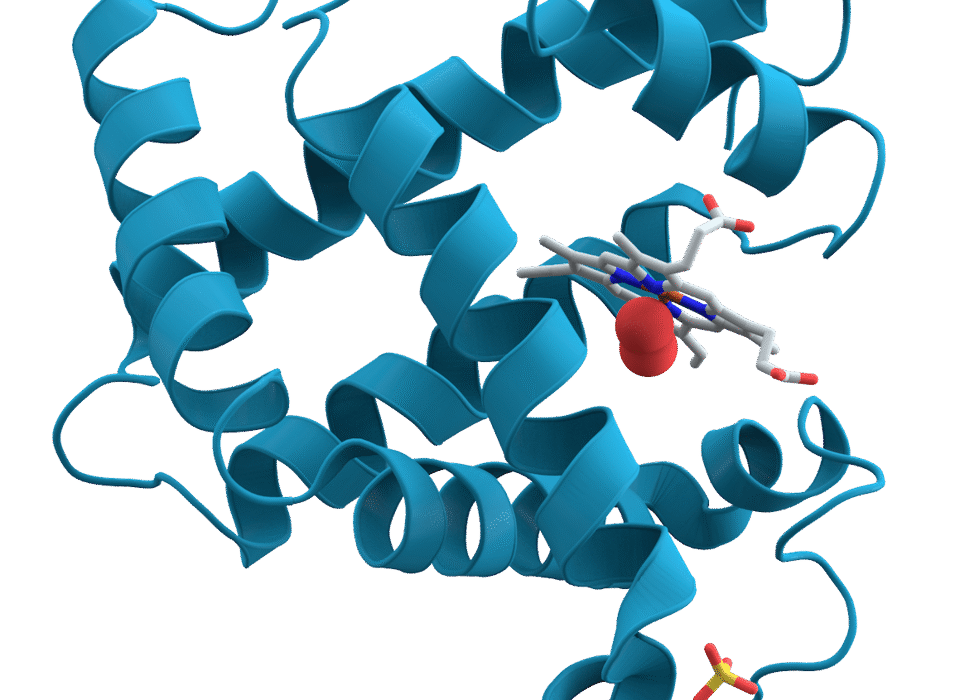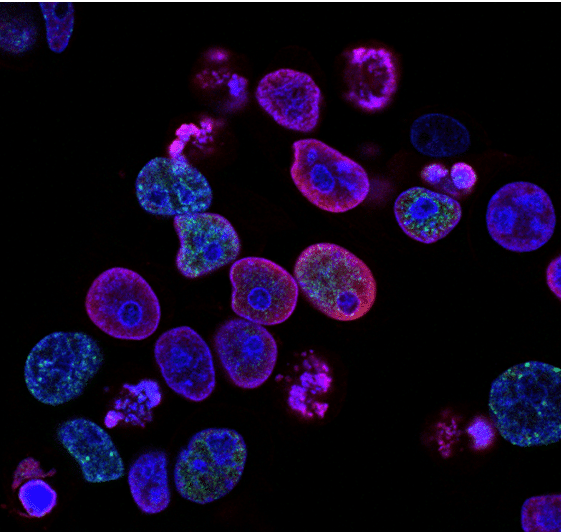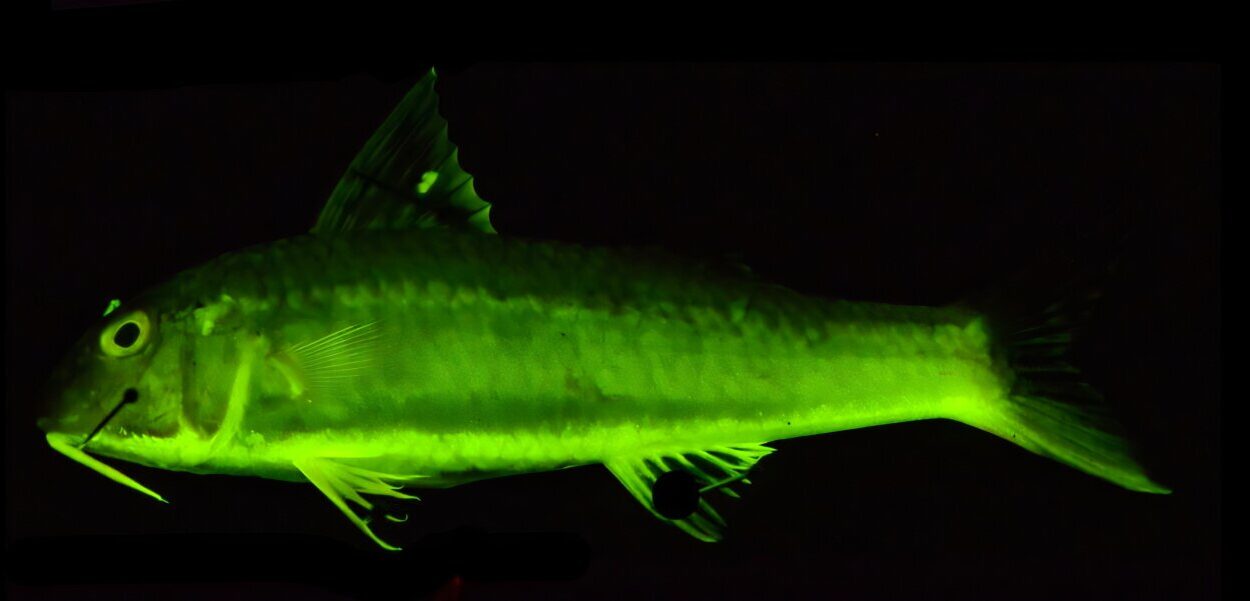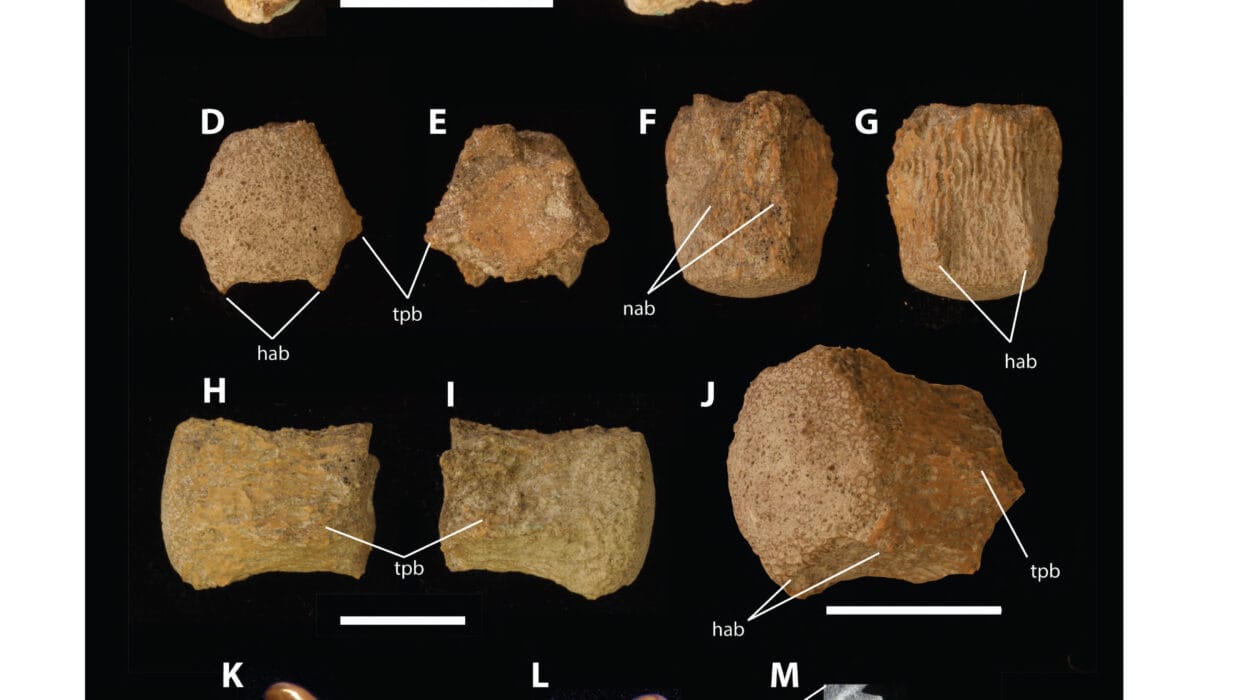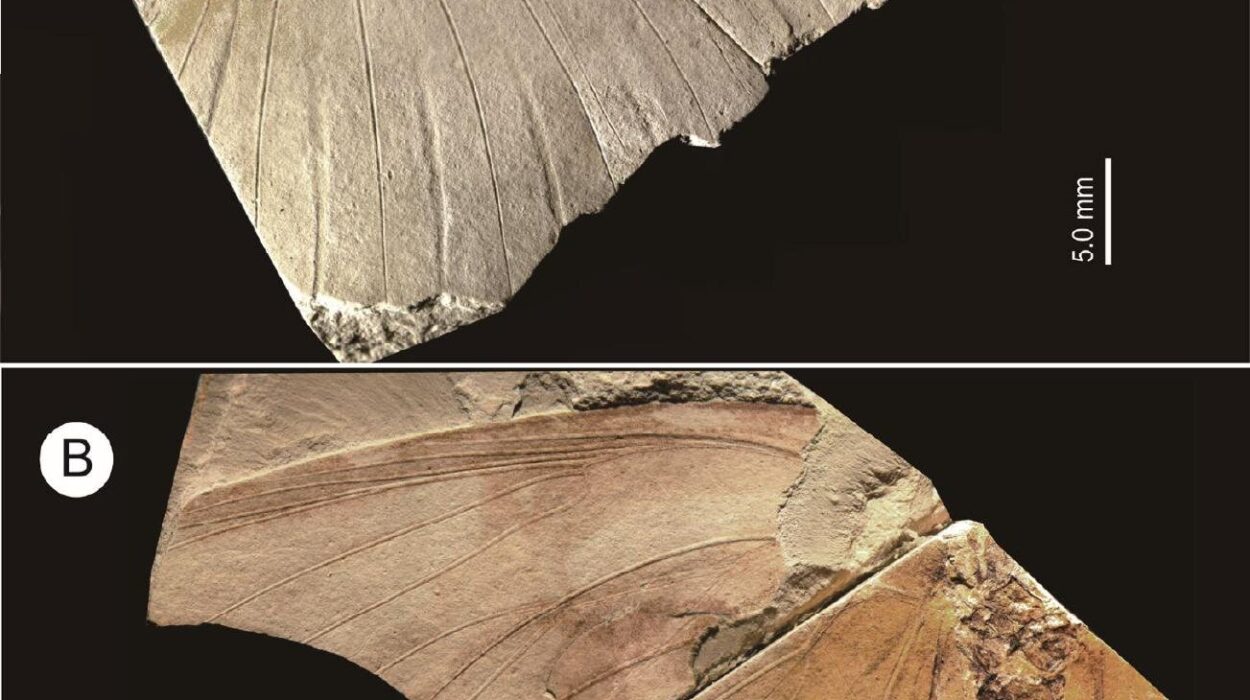Forty kilometers off the coast of Tanzania lies a lonely speck of land called Latham Island—a rocky, wind-battered outcrop barely the size of seven soccer fields. To most, it would appear lifeless and unremarkable. But for one group of scientists from Israel’s Weizmann Institute of Science, this forgotten island became the stage for an extraordinary experiment—one that would change how we understand the way mammals, including humans, find their way through the world.
In one of the most ambitious neuroscience studies ever conducted in the wild, researchers recorded, for the first time, the neural activity of mammals as they navigated freely through their natural environment. Their subjects were fruit bats, remarkable creatures capable of flying long distances and orienting themselves in the dark with uncanny precision. What the scientists discovered on that remote island revealed something extraordinary: the bats’ internal compass was not local but global—an enduring sense of direction that remained stable across space, time, and even the shifting skies above them.
The Search for the Perfect Island
It all began with a question that had haunted neuroscientist Professor Nachum Ulanovsky for years: How does the mammalian brain navigate in the wild? His lab had already made groundbreaking discoveries studying bats in controlled environments, but he knew the answers would remain incomplete without seeing how navigation works in nature—where unpredictability reigns.
“I was looking for an area that was large enough to release bats and follow how they navigate, but not too large, with no tall trees and isolated from other land,” Ulanovsky recalled. “It had to be a place where we could easily recapture the bats and recover recordings of their brain activity.”
Night after night, Ulanovsky scrolled across Google Earth, inching the cursor across vast blue oceans, searching for the perfect spot. And then, one night, he found it—a tiny dot in the Indian Ocean, surrounded by endless waves. Latham Island.
The choice seemed improbable. Uninhabited. Harsh. Almost mythic. But it was ideal: small enough for precise tracking, isolated enough to prevent escape, and barren enough to minimize distractions. It would become the world’s first open-air neuroscience lab.
Into the Wild with Science and Courage
In February 2023, the team—led by Ulanovsky and researchers Shaked Palgi, Dr. Saikat Ray, and Dr. Shir Maimon—set out for the island. They brought everything they needed to survive: camping gear, satellite communication devices, laboratory equipment, and six local fruit bats that would soon make scientific history.
They began by establishing a base in Tanzania, converting a small building at the country’s central veterinary institute into a temporary lab. There, the bats were surgically implanted with miniature devices capable of recording their brain activity and transmitting GPS data in real time. The device was no bigger than a coin—the smallest of its kind ever built.
Then came the voyage to the island, a journey that tested both their endurance and determination. Cyclone Freddy—the longest-lasting tropical cyclone ever recorded—was still swirling over the southern Indian Ocean, sending powerful winds across Latham. For days, the weather was too violent for the bats to fly. The scientists waited, huddled in tents, surrounded by crashing waves and the calls of seabirds.
When the skies finally cleared, the experiment began.
When the Night Belongs to Bats
Each evening, under the equatorial stars, the bats were released one by one. They took to the air, circling above cliffs and rocky ledges, their movements tracked as they explored the island. For 30 to 50 minutes each night, they became living instruments, their brains sending streams of neural signals back to the researchers.
What emerged was astonishing. Every time a bat faced a particular direction—say, north—a specific cluster of neurons fired. When it turned south, a different set lit up. The brain, it seemed, contained an internal compass—a living GPS encoded deep within its neurons.
Such “head-direction cells” had been observed before in laboratory animals. But this was the first time they had ever been recorded in a wild mammal, navigating freely beneath open skies. The discovery confirmed what scientists had long suspected: the brain’s compass works not just in artificial settings, but across vast, natural landscapes.
The Compass That Never Wavered
The results surprised even the researchers. When the bats flew from one side of the island to another, the activity of their directional neurons remained perfectly consistent. North stayed north, south stayed south—no matter the coastline’s shape, the bat’s altitude, or its speed.
“One of the big questions in mammalian navigation,” Ulanovsky explained, “is whether head-direction cells function as a local compass or as a global one. We found that the compass is global and uniform: no matter where the bat is, specific cells always point in the same direction.”
Even when the bats flew over new terrain, their internal compass held steady. It did not reset based on local landmarks or topography. Something deeper was at play—an elegant system in the brain capable of maintaining an absolute sense of direction in a chaotic world.
Learning the Landscape
Yet the bats’ compass did not come fully formed. On their first nights, the neural activity was unstable, as if the bats were still finding their bearings. By the third night, however, the compass signals had become perfectly stable. This suggested a fascinating possibility: the bats were learning.
If their compass depended solely on Earth’s magnetic field, it would have been stable from the start. Instead, it seemed the bats were mapping their surroundings, using environmental landmarks—cliffs, rocks, perhaps even sounds and scents—to orient themselves.
“Every natural environment is full of landmarks that can be seen, smelled, or heard,” said Ulanovsky. “Latham Island’s topography included cliffs and large boulders that could serve as navigation cues.”
This learning-based navigation is far more sophisticated than a simple magnetic sense. It requires integrating multiple sensory inputs and performing complex neural computations. For bats—and perhaps for us—navigation is not just instinctual; it’s learned, adaptive, and deeply cognitive.
The Sky Above, the Earth Below
Could celestial bodies—the moon or stars—also guide the bats? The researchers tested this by analyzing neural data before and after moonrise. The results were clear: the bats’ internal compass remained unchanged whether the sky was bright or clouded, whether the moon was visible or hidden.
This finding was striking. While migratory birds are known to use celestial cues, the bats seemed indifferent to them. Still, the team believes the animals might use the stars and moon initially, as calibration tools, when first exploring new terrain.
“The angle of celestial bodies relative to an animal does not depend on its exact location,” Ulanovsky explained. “So these bodies can serve to calibrate the compass, especially in unfamiliar environments.”
A Window Into Our Own Minds
Head-direction cells, the neural compass of mammals, are among the earliest to develop in the brain. They are evolutionarily ancient, found not only in bats but in rodents, primates, and even insects. For our ancestors, this ability to orient and navigate was a matter of survival.
“Until recently, a person unable to navigate would not have survived,” said Ulanovsky. “Even today, being able to orient oneself can be a lifesaver.”
Understanding how this system works in animals can also illuminate the human brain—and its vulnerabilities. In conditions such as Alzheimer’s disease, navigation and spatial memory often break down. Studying these mechanisms in the wild could reveal how such systems deteriorate and, perhaps one day, how to restore them.
When Science Meets the Elements
Conducting brain research on a remote island is not for the faint of heart. The team faced unpredictable weather, unreliable communication, and logistical nightmares. At one point, they even had to contact a commercial satellite company and request a shift in orbit to maintain data transmission.
But the challenges were worth it. Their success demonstrated that the future of neuroscience may lie beyond the lab’s walls—out in the world, where nature provides the most complex and authentic conditions for studying the brain.
“Despite the challenges, our findings show there is no substitute for testing lab-based knowledge in the real world,” said Ulanovsky. “We hope our study will encourage others to take their research out of the lab and into nature.”
The Broader Meaning of the Discovery
The story of Latham Island is not just about bats—it’s about the universal drive to understand life and mind. The experiment bridges two worlds: the precision of neuroscience and the unpredictability of the wild. It proves that scientific curiosity can thrive even in the most remote corners of the Earth.
It also serves as a quiet reminder of our kinship with other species. The same neural architecture that helps a bat navigate by moonlight may underpin the way we, too, move through our lives—how we orient ourselves, both physically and emotionally, in the vast landscape of existence.
The Compass Within
In the end, the bats of Latham Island revealed something profoundly human. Inside every mammalian brain, there exists a compass—steady, silent, and enduring. It keeps us oriented not just in space, but in life itself.
Just as the bats learned to navigate the windswept island, so too do we find our way through unfamiliar worlds—guided by internal maps, memories, and instincts etched deep in the folds of our brains.
The scientists may have set out to study the minds of bats, but what they uncovered was far greater: evidence that the sense of direction is not merely about movement. It is about connection—to place, to purpose, and to the boundless curiosity that drives us to explore.
From a lonely island in the Indian Ocean, a new understanding has taken flight—one that links the brains of bats to the minds of humans and reveals the extraordinary unity that defines all life that seeks to find its way home.
More information: Shaked Palgi et al, Head-direction cells as a neural compass in bats navigating outdoors on a remote oceanic island, Science (2025). DOI: 10.1126/science.adw6202. www.science.org/doi/10.1126/science.adw6202
